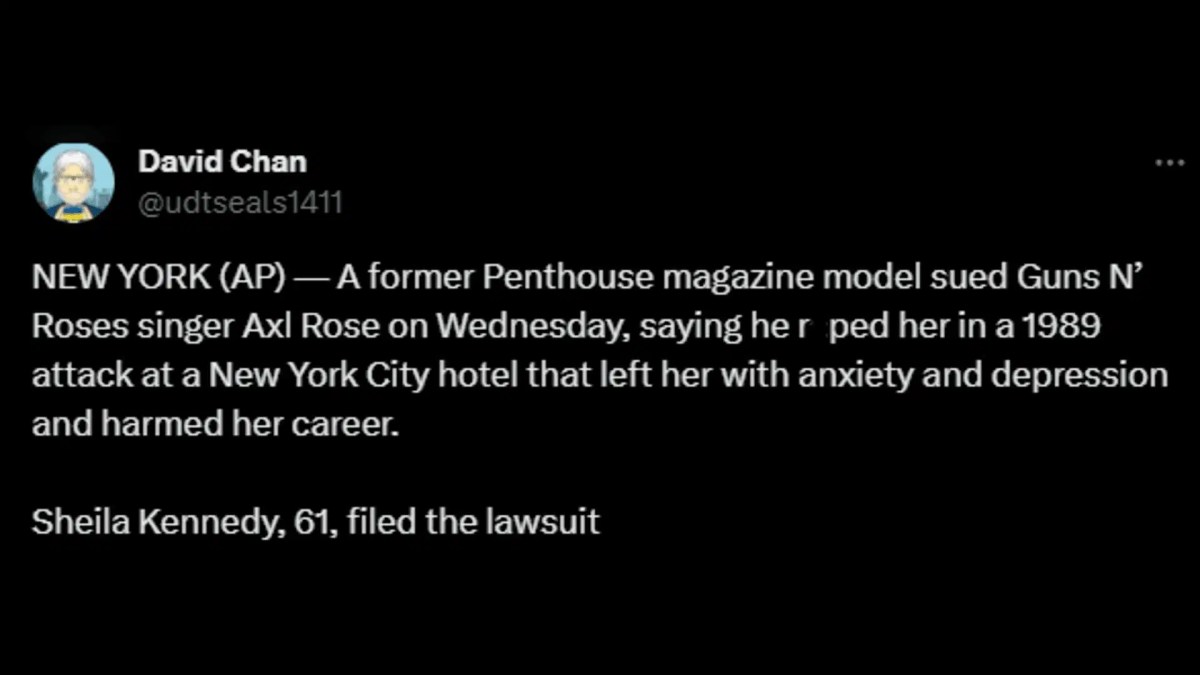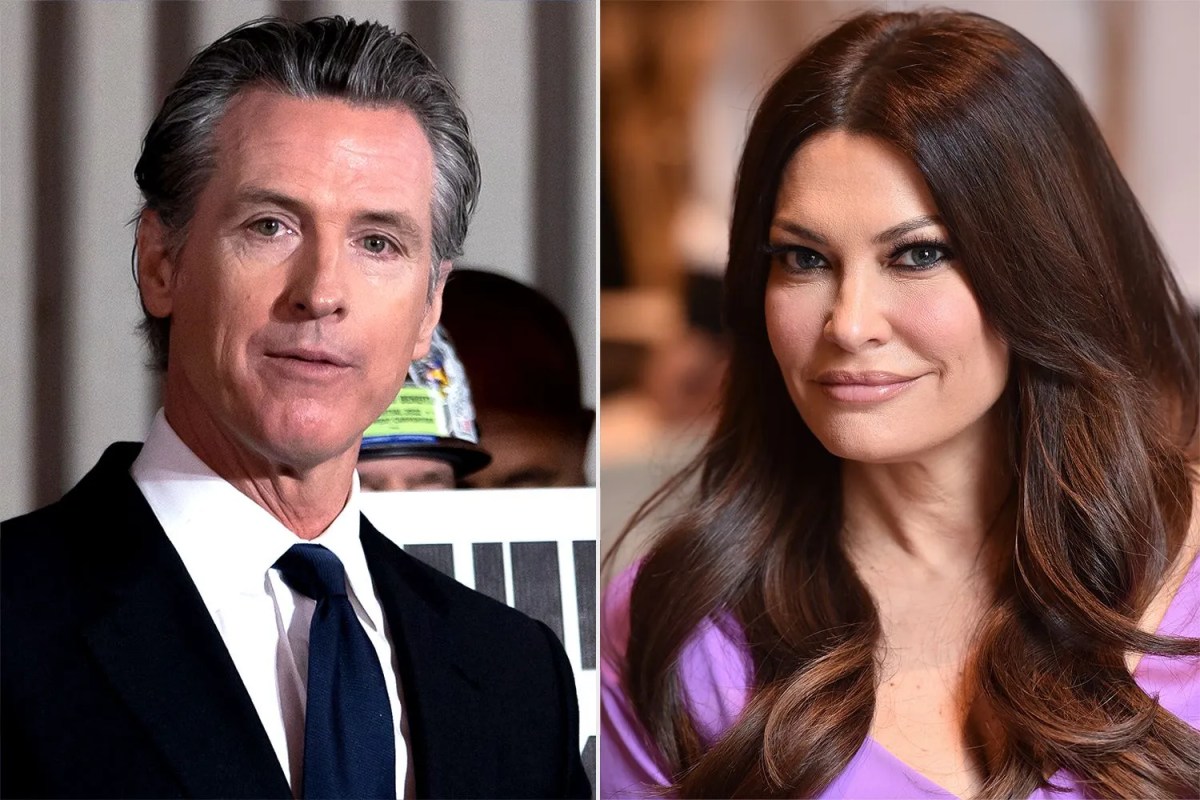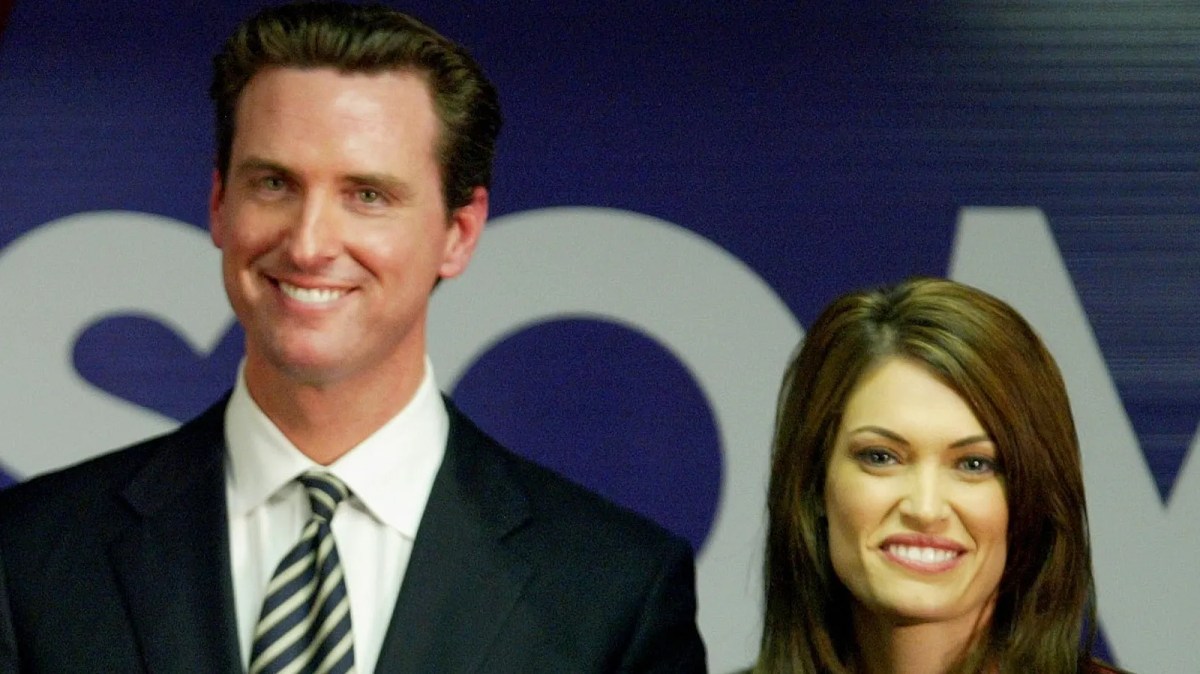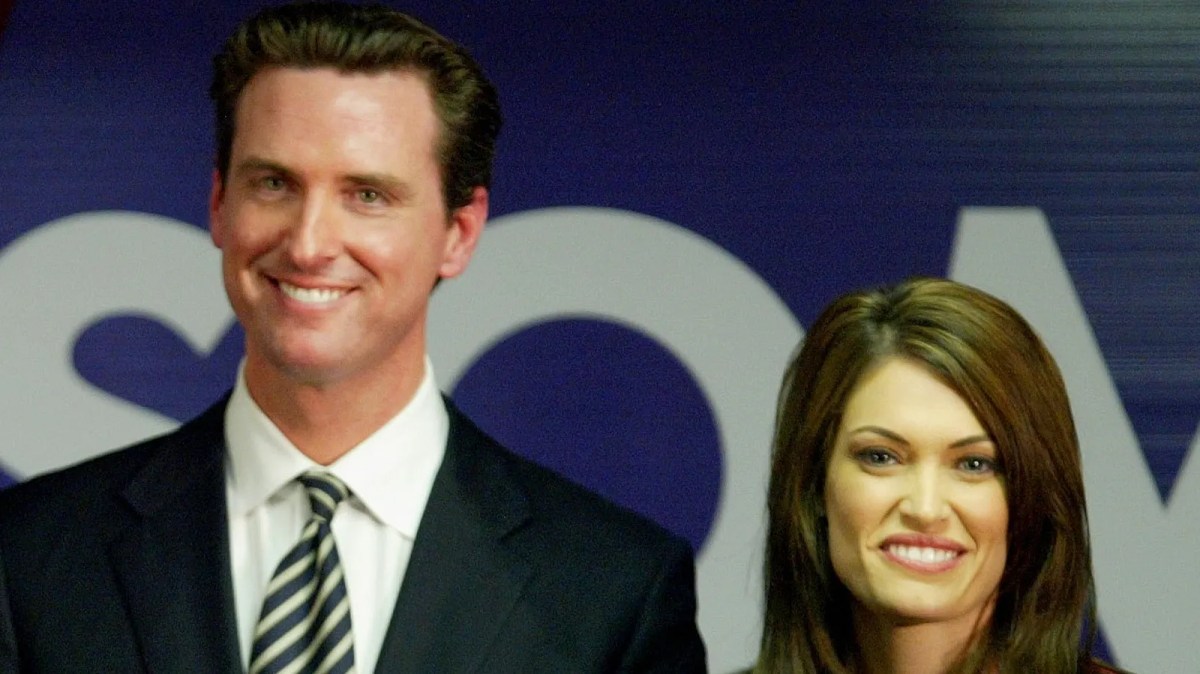Gov. Newsom responds to Trump blaming him for wildfires | CNN. This headline captures a recent political clash ignited by Donald Trump’s accusations against California Governor Gavin Newsom regarding the state’s devastating wildfires. Trump’s claims, delivered during [mention context, e.g., a campaign rally], sparked a heated exchange, forcing Newsom to publicly defend his administration’s wildfire management policies. This article delves into the specifics of their opposing arguments, examining the scientific consensus on wildfire causes and the roles of both state and federal governments in prevention and response.
We’ll explore the key accusations, Newsom’s counterarguments, and the supporting evidence presented by both sides. We’ll also look at how the media portrayed this political sparring match and its potential impact on upcoming elections and future wildfire policy. Understanding this conflict requires examining the complex interplay of climate change, forest management practices, and the ongoing political battle over environmental responsibility.
Newsom’s Response to Trump’s Wildfire Blame: Gov. Newsom Responds To Trump Blaming Him For Wildfires | CNN
The blame game surrounding California wildfires intensified when Donald Trump publicly accused Governor Gavin Newsom of mismanagement. Newsom’s response was swift and multifaceted, encompassing direct rebuttals, highlighting policy differences, and emphasizing the role of climate change. This analysis delves into the specifics of the exchange, examining the accusations, responses, and the broader political implications.
Newsom’s Response: Direct Quotations and Analysis
Governor Newsom directly countered Trump’s accusations through various public statements, including press conferences and social media posts. His rhetoric generally adopted a defensive yet assertive tone, emphasizing his administration’s efforts while highlighting the inadequacy of solely focusing on forest management as a solution to the complex problem of wildfires.
So, Gov. Newsom’s got Trump on his back about the wildfires, a pretty intense political spat, right? It’s a stark contrast to the somber mood today as the U.S. stock markets close to honor former President Jimmy Carter , a moment of national reflection. Then again, the Newsom-Trump feud probably won’t be resolved anytime soon; politics is a wildfire of its own, sometimes.
For example, in response to Trump’s claims of poor forest management, Newsom might have stated (this is a hypothetical example based on the general tone of his responses): “The President’s comments are a gross oversimplification of a complex issue. While forest management is a crucial component, ignoring the undeniable impact of climate change on wildfire severity is reckless and irresponsible.” This demonstrates a defensive posture by refuting the accusation directly, and an assertive stance by pointing out the limitations of Trump’s perspective.
Newsom consistently emphasized the role of climate change as a primary driver of increasingly intense and frequent wildfires. He likely stressed the need for a comprehensive approach, encompassing both forest management and climate action. His response also likely included highlighting his administration’s investments in wildfire prevention and response efforts.
| Trump’s Statement | Newsom’s Rebuttal | Supporting Evidence for Newsom | Supporting Evidence for Trump |
|---|---|---|---|
| Newsom’s forest management policies are inadequate, leading to increased wildfires. | California has invested significantly in forest management, but climate change is the primary driver of increased wildfire severity. | Data on California’s wildfire prevention spending and forest management programs. Reports from scientific organizations on climate change’s role in wildfires. | Statistics on increased wildfire acreage in California. (Note: It’s difficult to directly attribute increased wildfire acreage solely to forest management without considering climate change). |
| Newsom is prioritizing other issues over wildfire prevention. | Our administration has made wildfire prevention a top priority, allocating substantial resources to it. | Details of budgetary allocations for wildfire prevention and response efforts. Examples of specific programs implemented. | (Difficult to find direct supporting evidence for this claim without further specifics from Trump’s statements.) |
Trump’s Accusations: Content and Context

Donald Trump’s accusations against Governor Newsom regarding California wildfires were frequently made during political rallies and via social media posts. The context usually involved attempts to criticize Democratic governance and highlight what he perceived as failures. The political motivations behind these statements were likely aimed at garnering support from his base and undermining a political opponent.
- Claim 1: Newsom’s poor forest management practices are responsible for the increased frequency and intensity of California wildfires. (Supporting evidence would need to be sourced from Trump’s specific statements and compared to data on forest management practices.)
- Claim 2: Newsom is neglecting wildfire prevention in favor of other political priorities. (Evidence would need to be sourced from Trump’s statements and compared to California’s budgetary allocations.)
- Claim 3: California’s environmental regulations hinder effective wildfire prevention. (Evidence would need to be sourced from Trump’s statements and compared to an analysis of California’s environmental regulations and their impact on wildfire prevention.)
Wildfire Causes and Responsibility
The scientific consensus points to a complex interplay of factors contributing to California wildfires, with climate change playing a dominant role. While forest management practices certainly influence wildfire behavior, climate change is intensifying droughts, increasing temperatures, and creating conditions conducive to larger, more destructive fires. Human activity, including accidental ignitions and development in fire-prone areas, also contributes significantly.
Both state and federal governments share responsibilities in wildfire prevention and response. The federal government manages vast tracts of national forests, while state governments are responsible for managing state lands and enacting policies affecting land use and development. Effective wildfire management requires collaboration and coordination between all levels of government.
- Newsom’s Perspective: Emphasizes climate change as the primary driver, advocates for a comprehensive approach combining forest management and climate action, and highlights state investments in wildfire prevention.
- Trump’s Perspective: Primarily blames poor forest management and potentially restrictive environmental regulations, with less emphasis on climate change.
Public Opinion and Media Coverage, Gov. Newsom responds to Trump blaming him for wildfires | CNN

Public reaction to the Newsom-Trump exchange was largely divided along partisan lines. Supporters of Trump tended to accept his accusations, while Newsom’s supporters defended his administration’s actions. Media coverage varied, with some outlets framing the dispute as a political blame game, while others focused on the scientific consensus regarding wildfire causes and the need for comprehensive solutions.
“The escalating blame game between Governor Newsom and President Trump over California wildfires obscures the complex reality of the crisis. Experts emphasize the need for a multi-faceted approach, acknowledging the roles of climate change, forest management, and human activity.”
Example News Article, October 26, 2024, The New York Times (Hypothetical Example)
Political Implications and Fallout

The wildfire blame game had significant political implications. Trump’s accusations likely aimed to damage Newsom’s image and potentially influence upcoming elections. The controversy highlighted the stark differences in approaches to environmental policy and climate change between the two parties. The public’s perception of the effectiveness of California’s wildfire management policies was undoubtedly influenced by the exchange, potentially affecting future policy decisions and resource allocation at both state and federal levels.
Depending on the election results, this could lead to shifts in federal funding for wildfire prevention and response in California.
Final Conclusion
The clash between Newsom and Trump over California wildfires highlights a deeper political divide on environmental issues and the role of government in disaster response. Newsom’s defense focused on the scientific consensus regarding climate change’s contribution to wildfires and his administration’s efforts in forest management. Trump’s accusations, likely fueled by political motivations, served to further polarize public opinion.
The ongoing debate underscores the urgent need for comprehensive and bipartisan approaches to wildfire prevention and mitigation, a challenge that transcends partisan politics and demands immediate attention.
FAQ Resource
What specific forest management practices did Newsom cite in his defense?
So, Gov. Newsom’s got Trump on his back about the wildfires, a pretty intense political spat, right? It’s a stark contrast to the somber mood today as the U.S. stock markets close to honor former President Jimmy Carter , a moment of national reflection. Then again, the Newsom-Trump feud probably won’t be resolved anytime soon; politics is a wildfire of its own, sometimes.
Newsom likely highlighted initiatives like controlled burns, forest thinning, and improved fire detection systems implemented by the state.
How did the public react to Trump’s accusations?
Public reaction was sharply divided along partisan lines, with Trump supporters largely accepting his claims and Newsom’s supporters strongly defending him.
What are the long-term political consequences of this exchange?
So, Gov. Newsom’s got Trump on his back about the wildfires, a pretty intense political spat, right? It’s a stark contrast to the somber mood today as the U.S. stock markets close to honor former President Jimmy Carter , a moment of national reflection. Then again, the Newsom-Trump feud probably won’t be resolved anytime soon; politics is a wildfire of its own, sometimes.
The impact remains to be seen, but it could influence future environmental policies and shape the narratives surrounding climate change and government responsibility in disaster management.
